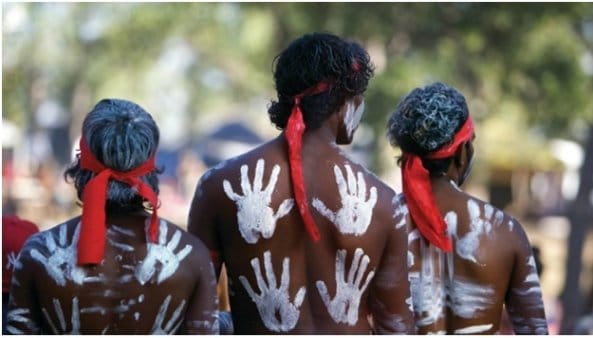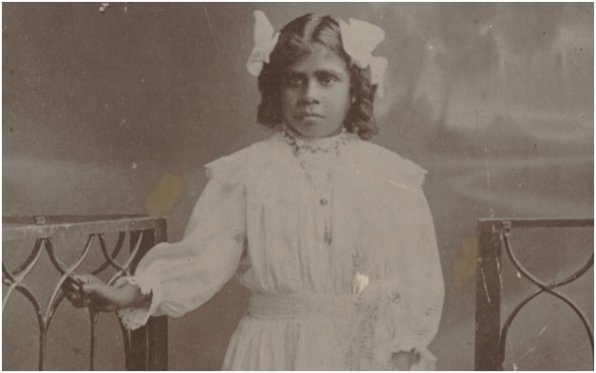If there is one thing that nobody likes to talk about, then it is the issue of race and culture. We are all at least a tiny bit worried that the mere talk of this can cause some troubles and harm either to the people you are talking to or to yourself. Yet another reason why we tend to avoid these topics lies in the fact that we feel we’re not knowledgeable enough to be talking about something so important and so serious.
In case that’s your reason, here’s what I suggest. Become knowledgeable enough, because that will definitely help you understand all the troubles that certain people have gone through in the not-so-distant past. My suggestion is that you start with learning about the assimilation in Australia that had a severely negative impact on Indigenous people. By learning about this, you’ll probably realize just how important it is for you not to stay silent when racial issues are raised today.

We are living in a world where those issues are, unfortunately, still present to a certain extent and the simple truth is that they should have been dealt with a long time ago. Yet, it seems that the fight for equality is still rather ongoing in many parts of the world, and being ignorant about it is certainly not the right thing to do. Instead, I suggest you learn your history, so that you can try and understand the people who are dealing with these problems today as well.
How Did It Start?
When talking about the assimilation process, the very first thing that you will want to know is how Australia actually started taking this highly harmful and dangerous path, so let us deal with that right away. Right after becoming a Federation in 1901, Australia started implementing a lot of different legislations that were all aimed towards one goal and one goal only. In case you couldn’t have guessed it, the goal was to become an all-white country. That’s certainly not something that they can be proud of today, am I right?
Still, politicians seemed to have been rather proud of this goal during that period, which is why they enforced an Immigration Restriction Act that was aimed at banning all non-European people from inhabiting the country. That, however, wasn’t quite enough, since Aboriginals were actually standing in their way and preventing them from creating the uniform white culture that they had been hoping for. So, something had to be done about the Indigenous people as well.
Learn about how Aboriginals were treated back then: https://www.nzherald.co.nz/world/how-early-australians-treated-aboriginal-people/JNYWLQH37W2ENXQE44LASXB7UY/

How Were Aboriginals Affected?
Early on, the common belief was that this culture would eventually die out all on its own and that nothing should be done about it. However, it soon became clear that this wasn’t going to happen, especially since the population of “half-casts” was rapidly growing. So, the problem that stood in the way of a culturally all-white Australia was not only still there, but kept becoming more and more persistent, which made it clear that something had to be done about it.
In other words, the so-called “Aboriginal problem” wasn’t going to disappear all on its own, which is why the Government decided to take its own measures towards resolving it. You should understand that, up until this point, the Indigenous people were actually separated from the white society by being put on reserves and missions. Yet, it became clear that this wasn’t going to work, which is why the Federation adopted a different policy.
They decided that the best thing to do was to adopt an assimilationist approach, which probably sounded much better on paper than in real life. Don’t get me wrong, though, this definitely didn’t sound so great on paper either. After all, from this particular point of view, none of it sounds good in any way, since the whole approach was, once again, aimed at creating a society of nothing but white culture, which was certainly a slap in the face for multiculturalism.
But, what I am trying to say is that things were actually even worse in reality, meaning that, when you check out the text of the actual policy, you might think that the issues the Federation brought about were far less problematic than they actually were. The general idea was to let the “full blood” Aboriginals die out and take the “half-casts” and assimilate them into the society early on by having them join the white community and, eventually, start acting like the people from that community, while leaving their specific heritage behind.
Basically, the policy of assimilation meant that these people were expected to adopt the same values, beliefs, and manners of behavior as the white Australians if they wanted to enjoy the same privileges and rights. In practice, this led to undermining the Indigenous culture, which led to extreme oppression instead of any improvement in the quality of lives of these people. One of the things that struck me the most was to find out that Indigenous children were actually being taken from their parents in order for them to start the assimilation process early on and thus, ultimately, become white in culture.
You should keep in mind that a lot of Aboriginals were actually forced to leave those reserves that they previously lived at during this period, which made their lives significantly more difficult. Finding any type of employment in the cities was extremely hard, since racism was so widespread. Plus, these people were actually denied the right to access certain community services and venues, including even hospitals, which further speaks of their oppression.
When you become properly acquainted with the way Indigenous people were actually treated during the first, and a part of the second, half of the 20th century, it will be perfectly clear to you that the assimilation process actually brought nothing good to those people and families. In fact, some of the consequences can still be felt today, even though the policy was abolished. The devastating aftermaths still linger on.

